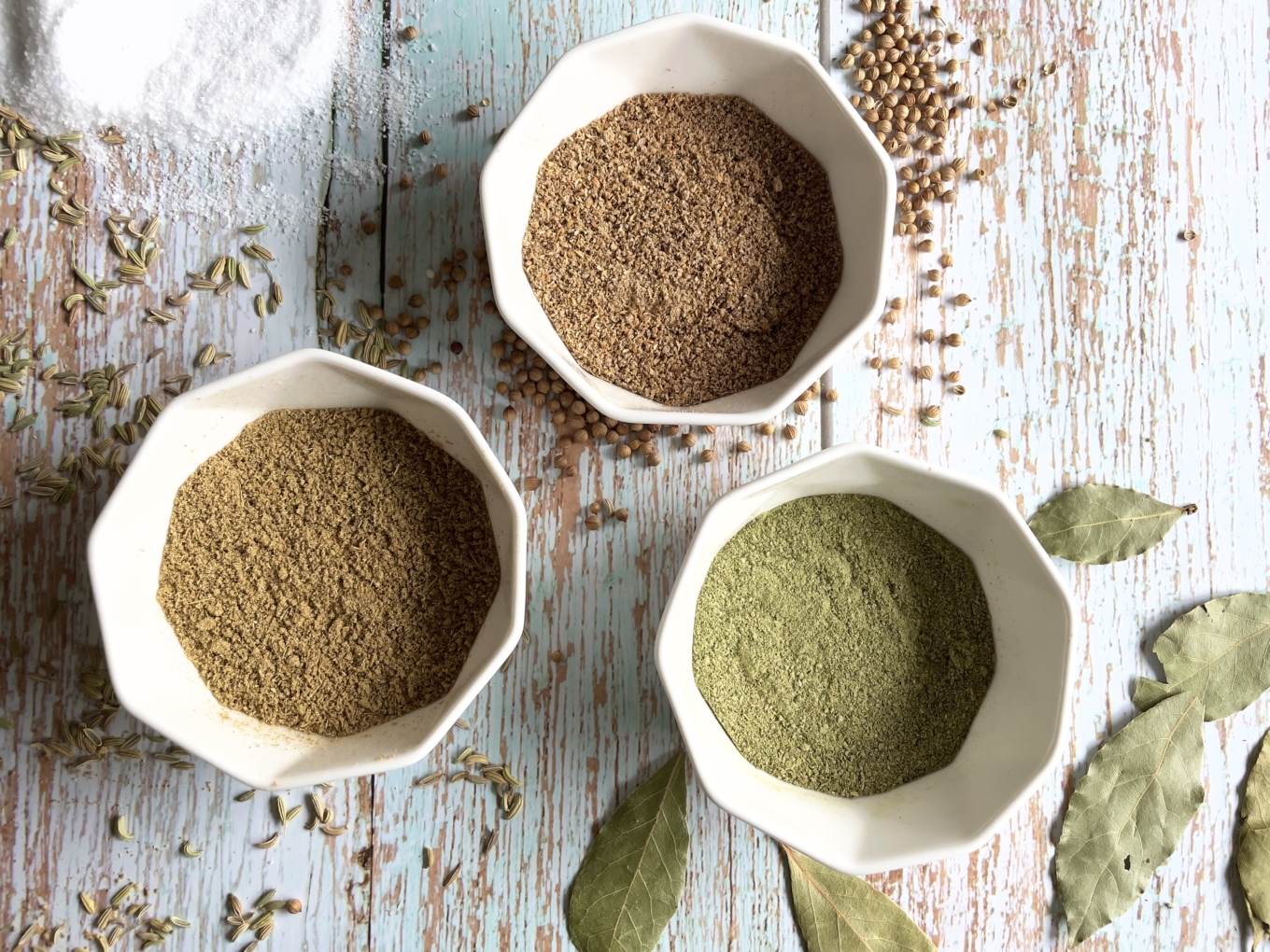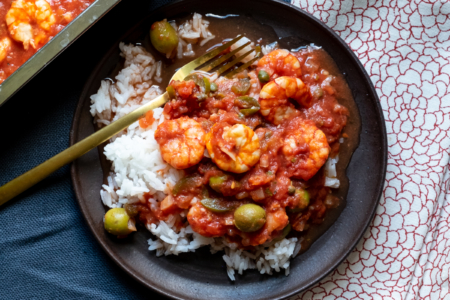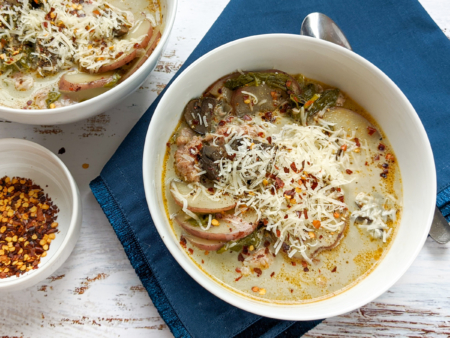What Are Spiced Salts?
Spiced salts are a seasoning or finishing salt that are incredibly easy to make at home and can add an extra layer of flavor to any dish. If you have a spice grinder, you can make spiced salts. We like to season with spiced salts just before serving to give an extra kick of flavor. Or if you have a long-cooking dish that calls for a particular spice, you can make a salt with that spice to enhance the flavor that sometimes gets lost during cooking. However, a little spiced salt goes a long way, so be careful not to over-season your dish.
After reading ‘The Nimble Cook’ by Ronna Welsh, I discovered her recipe for bay salt, which created a delicious opportunity for me to use up some of the many spices that have been languishing in my cupboard. I often make batches of spiced salts to have on hand when a dish needs just a little something extra.
How Spiced Salts Are Made?
Spiced salts are made simply by toasting whole spices in a dry skillet (although dried bay leaves do not need toasting and can be ground down straight away). They are then transferred to a spice grinder with some kosher salt and then whizzed into a fine powder, creating the most flavorful seasoning. The salt will last in an airtight container for up to three months (or even longer!). And if you package your salts in small jars or decorative bags, they make a creative holiday gift for foodie friends and family! And the best part? They only take five minutes to make.
The Spices That Work Best
Whole spices or seeds are the best to use to create spiced salt. The three most versatile spices and serving suggestions are below, but you could play around with most whole spices with salt —bearing in mind some spices are stronger or spicier than others, so you may need to tweak the amount of spice accordingly.
Recipe: How to Make Spiced Salts 3 Ways
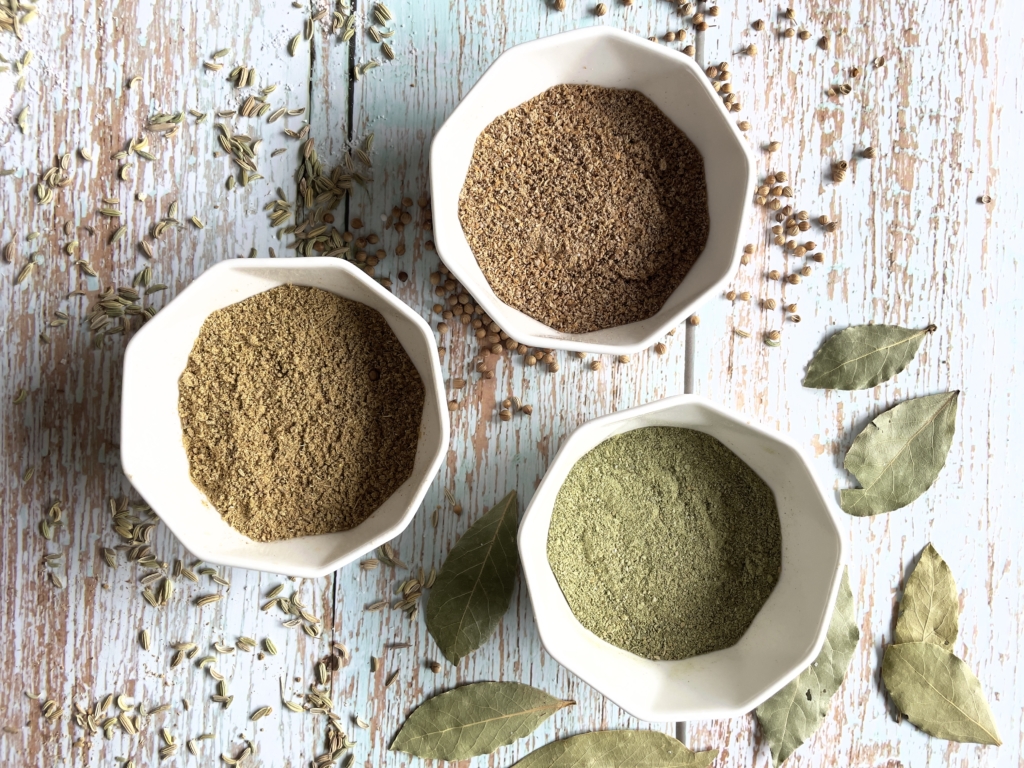
Equipment and Tools
- Small skillet
- Wooden spoon or silicone spatula
- Spice grinder
- Fine-mesh strainer
- Small bowl
- Small jars or resealable bags for storage
I) Fennel Salt
Yields about 1/4 cup
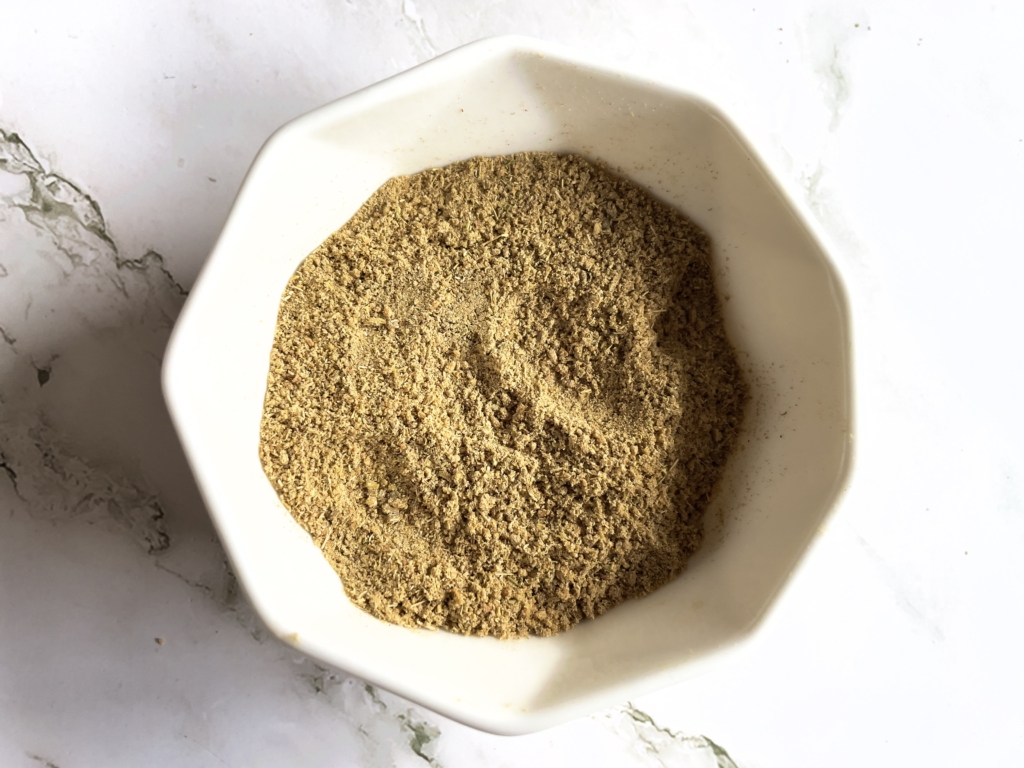
Ingredients
- 4 tbsp fennel seeds, divided
- 2 tsp kosher salt, divided
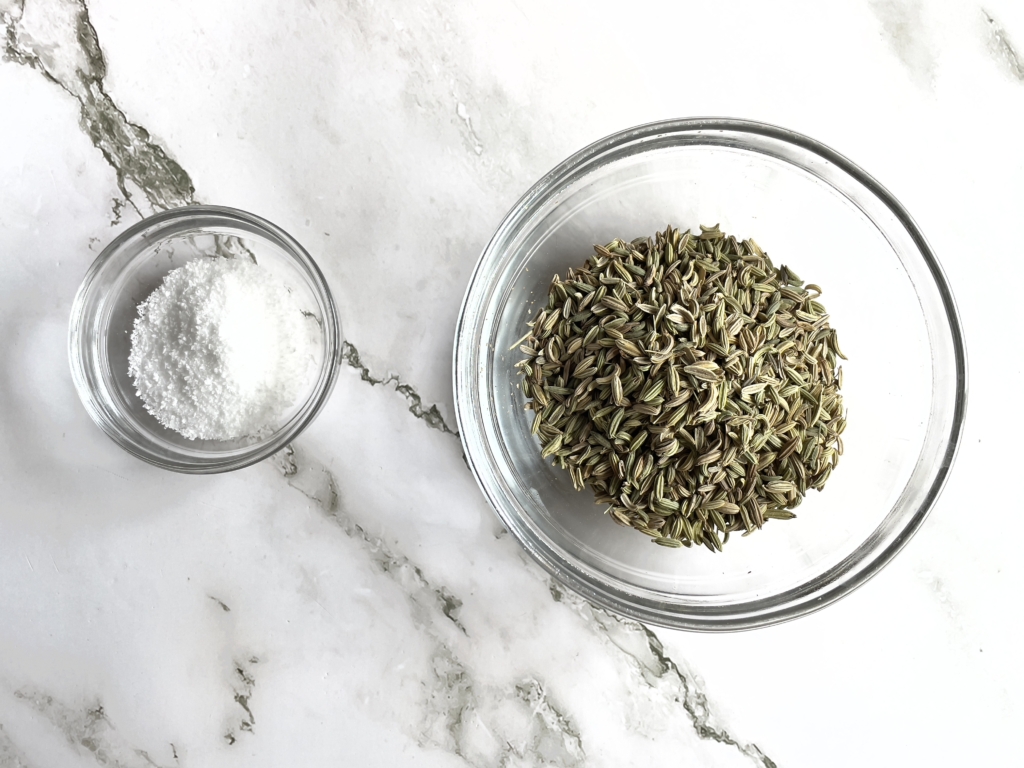
Directions
- In a small skillet, toast 4 tbsp fennel seeds over medium heat, stirring often, until fragrant, about 1½ to 2 minutes. Allow to cool for 1 minute.
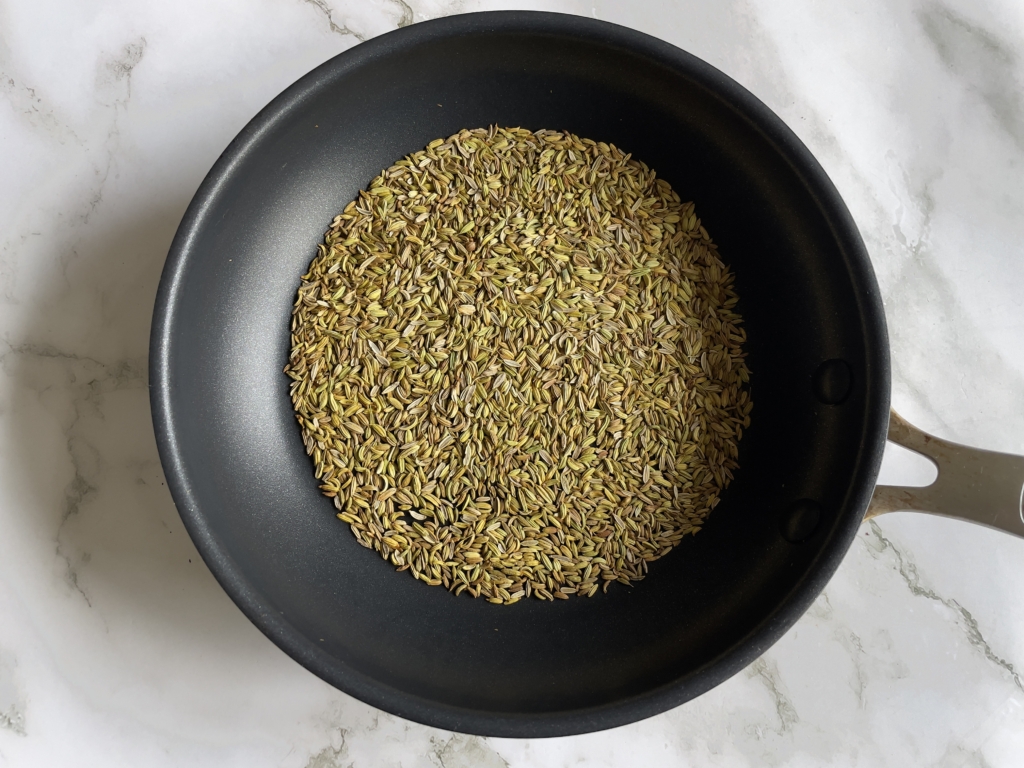
2. Working in 2 batches, transfer half of the fennel seeds (2 tbsp) to a spice grinder along with half of the kosher salt (1 tsp).
3. Grind to a fine powder. Transfer to a small bowl, and repeat with remaining ingredients.
4. Sift fennel salt through a fine-mesh strainer to remove any fennel seeds that did not grind down.
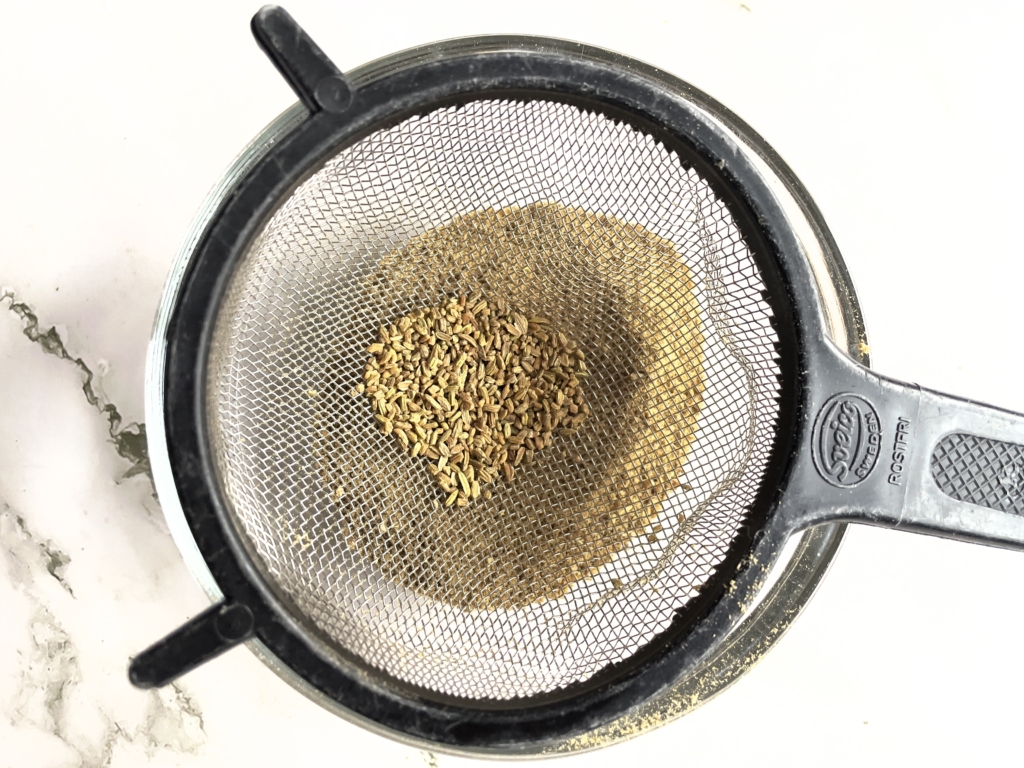
5. Transfer to a clean, airtight container to store.
Serving Suggestions for Fennel Salt:
Sprinkle fennel salt on grilled white fish, lamb chops, stews, soups, or casseroles, such as sausage casserole. Try fennel salt on most vegetables, especially roasted or sous vide carrots, red cabbage, or Brussel sprouts. Or sprinkled it on sausage pizza.
II) Bay Salt
Yields about ¼ cup
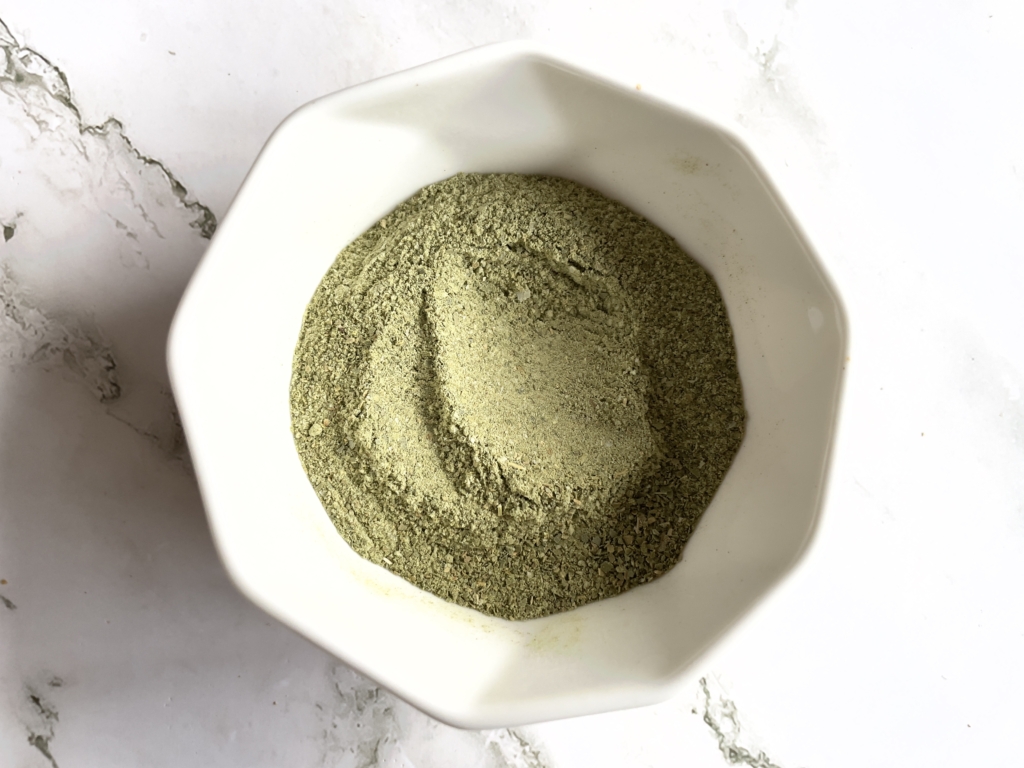
This spiced salt has an optional addition of ground white pepper, which has a mild grassy flavor that echoes the taste of the bay leaf. It adds another depth and level of earthiness and flavor, but can be an acquired taste for some.
Ingredients
- ⅔ cup broken dried bay leaves, divided
- 3 tsp kosher salt, divided
- ¼ tsp ground white pepper (optional)
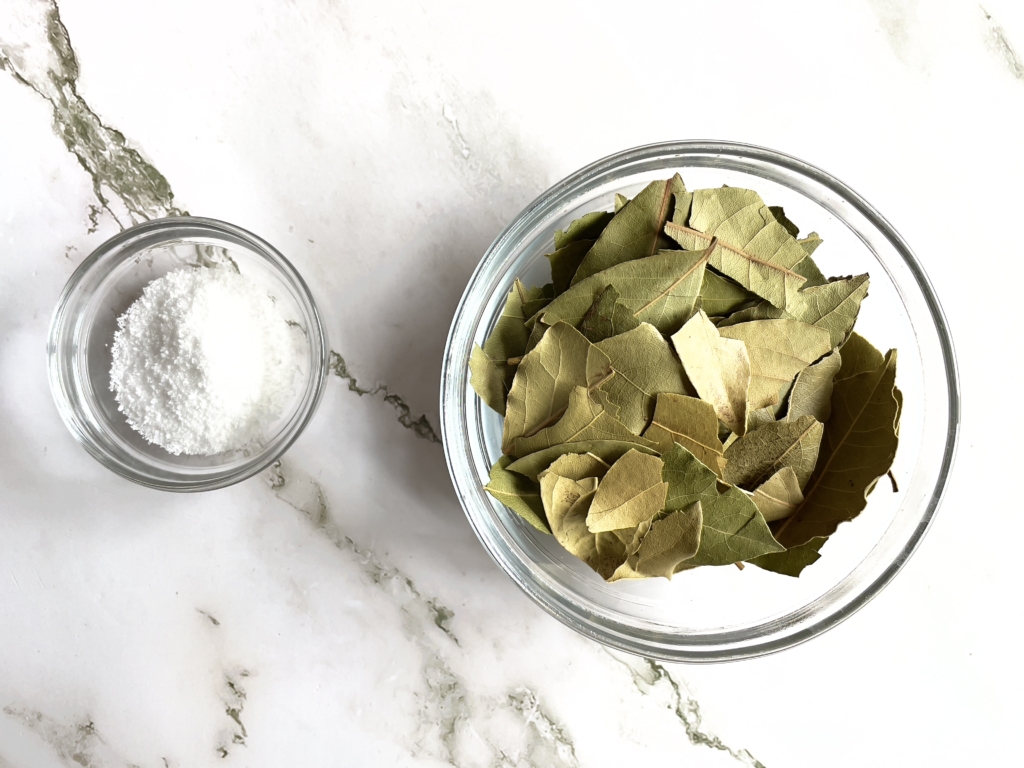
Directions
- Working in 2 batches, transfer half of the bay leaves (⅓ cup) to a spice grinder along with half of the kosher salt (1 ½ tsp).
2. Grind to a fine powder. This may take up to 1 to 2 minutes of pulsing. Transfer to a small bowl, and repeat with remaining ingredients.
3. Sift bay salt through a fine-mesh strainer to remove and discard any tiny pieces of bay leaves that did not grind down. Stir in ¼ tsp ground white pepper, if using.
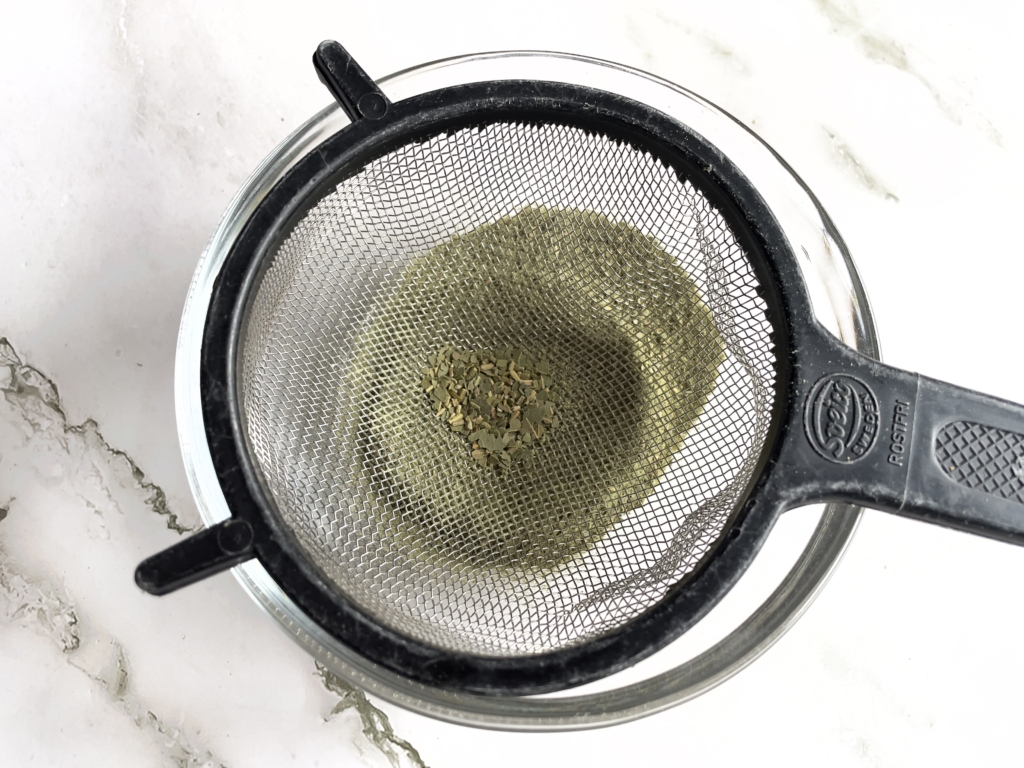
4. Transfer to a clean, airtight container to store.
Serving Suggestions for Bay Salt:
Sprinkle bay salt on creamy mashed potatoes, buttery baked potatoes, or sous vide potatoes. Try bay salt on french fries, beets, lemon-chicken, It’s also a tasty addition to soft-boiled or poached eggs.
III) Coriander Salt
Yields about ¼ cup
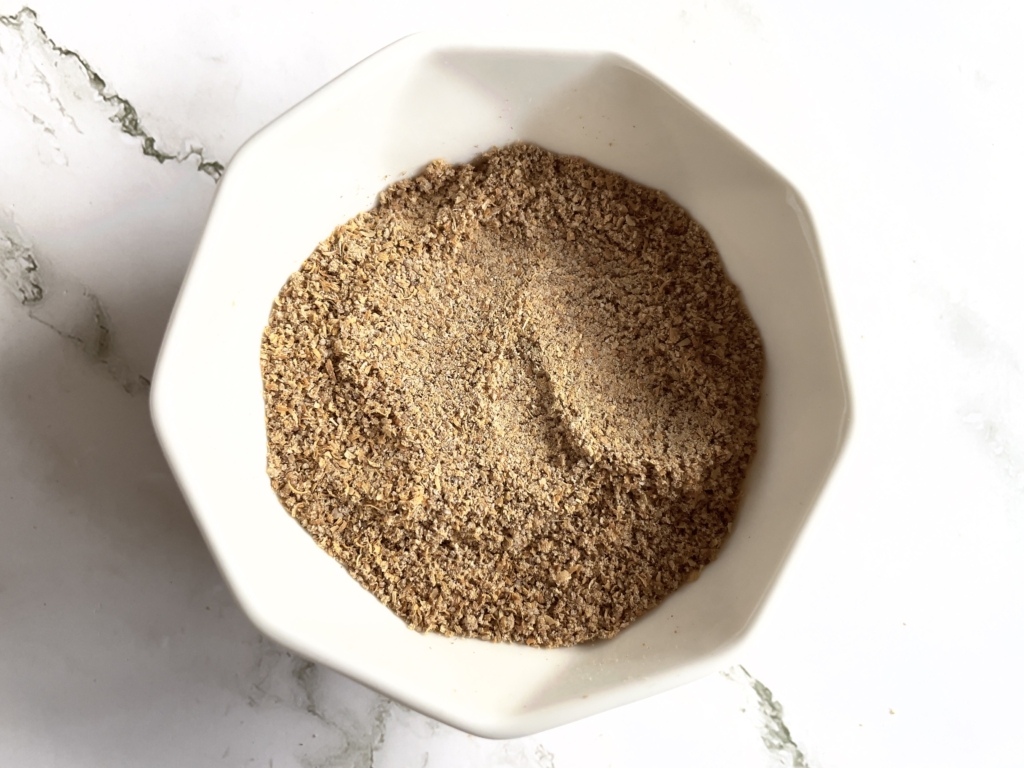
Ingredients
- 4 tbsp whole dried coriander seeds. divided
- 2 tsp kosher salt, divided
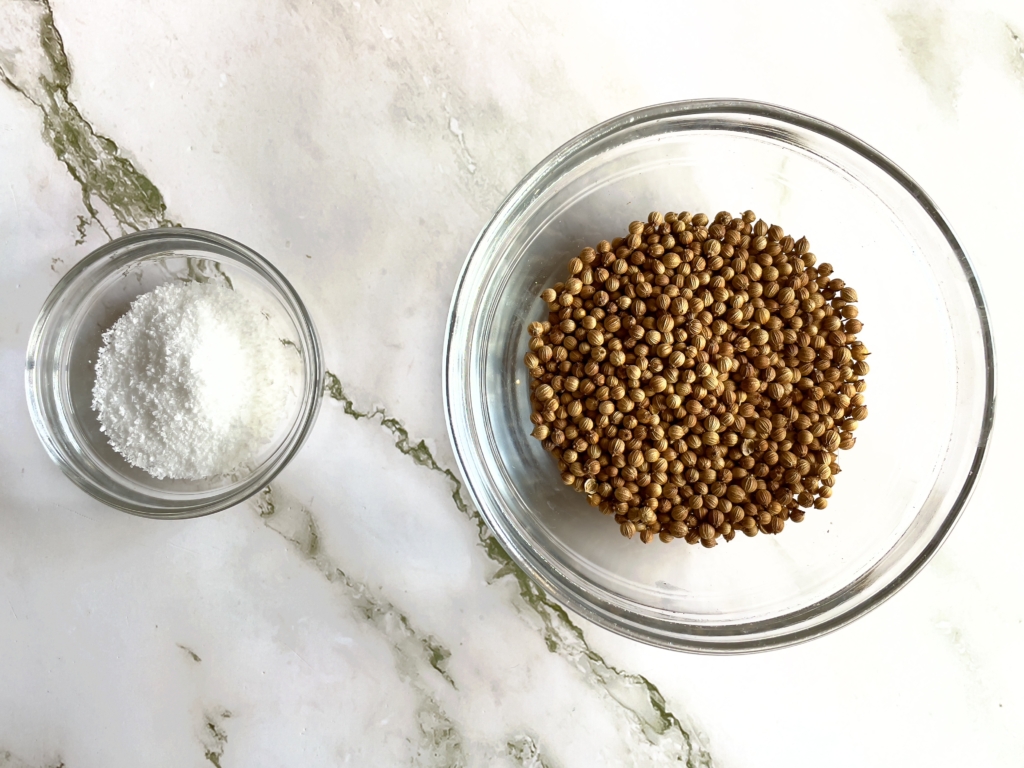
Directions
- In a small skillet, toast 4 tbsp coriander seeds over medium heat, stirring often, until fragrant, 2 to 3 minutes. Allow to cool for 1 minute.
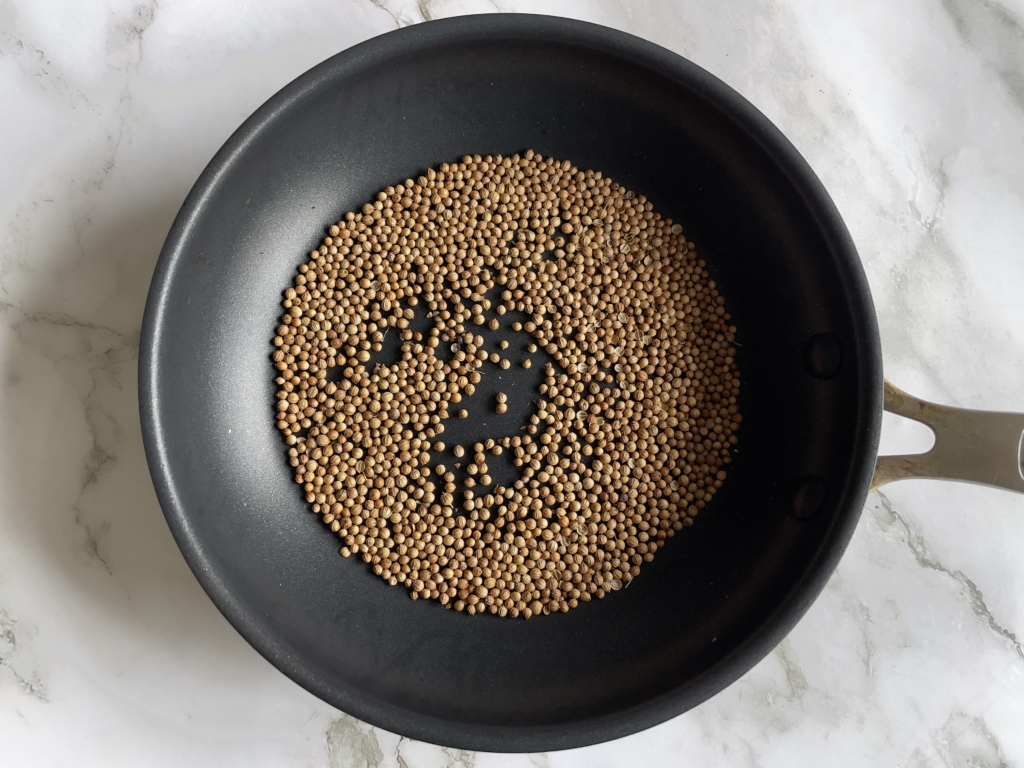
2. Working in 2 batches, transfer half of the coriander seeds (2 tbsp) to a spice grinder along with half of the kosher salt (1 tsp).
3. Grind to a fine powder. Transfer to a small bowl, and repeat with remaining ingredients.
4. Transfer to a clean airtight container to store.
Serving Suggestions for Coriander Salt:
Roasted or mashed parsnips or turnips are a great combo with coriander salt. Adding a sprinkle to caramelized onions lifts the flavor as it does to a pork chop or most curries. This finishing salt is also delicious to dip hard-boiled eggs into or to sprinkle on deviled eggs
Recipes to try:
Chana Masala with Cumin-Honey Roasted Carrots and Rice
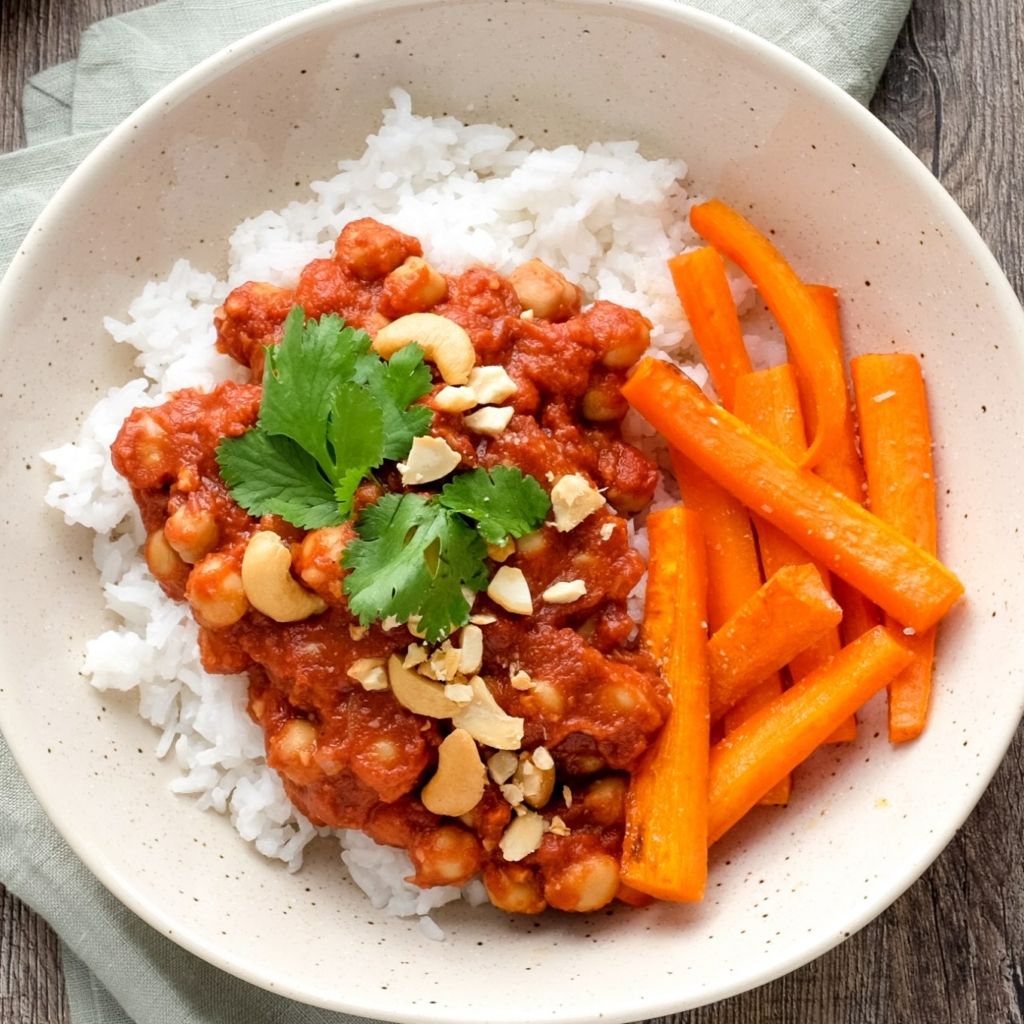
How to Sous Vide Carrots
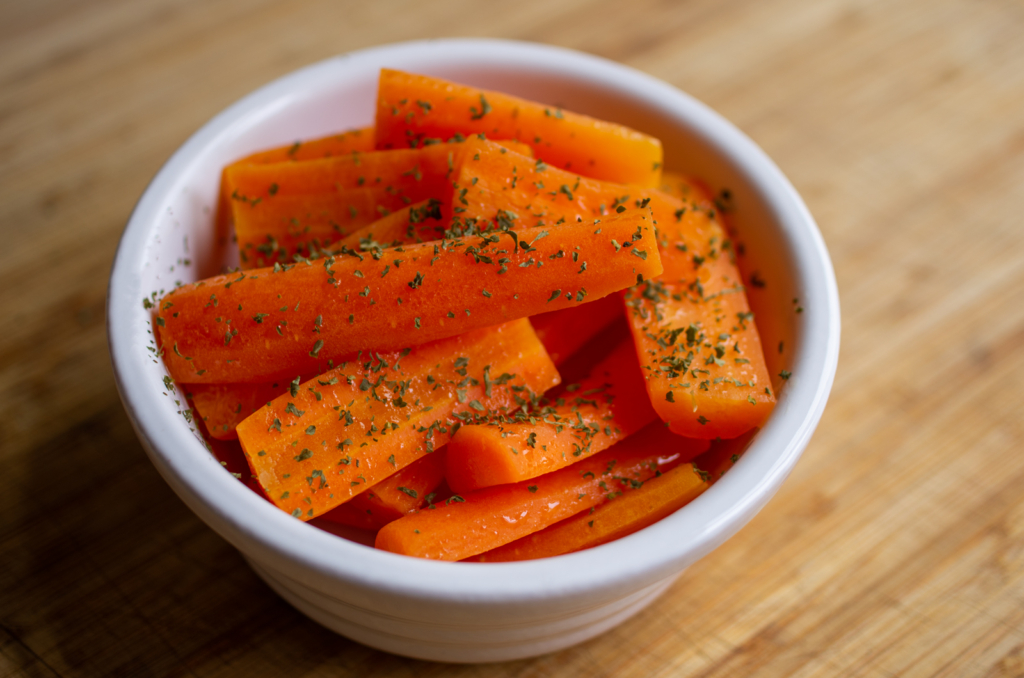
Strip Steak with Roasted Brussels Sprouts and Sweet Potato Fries
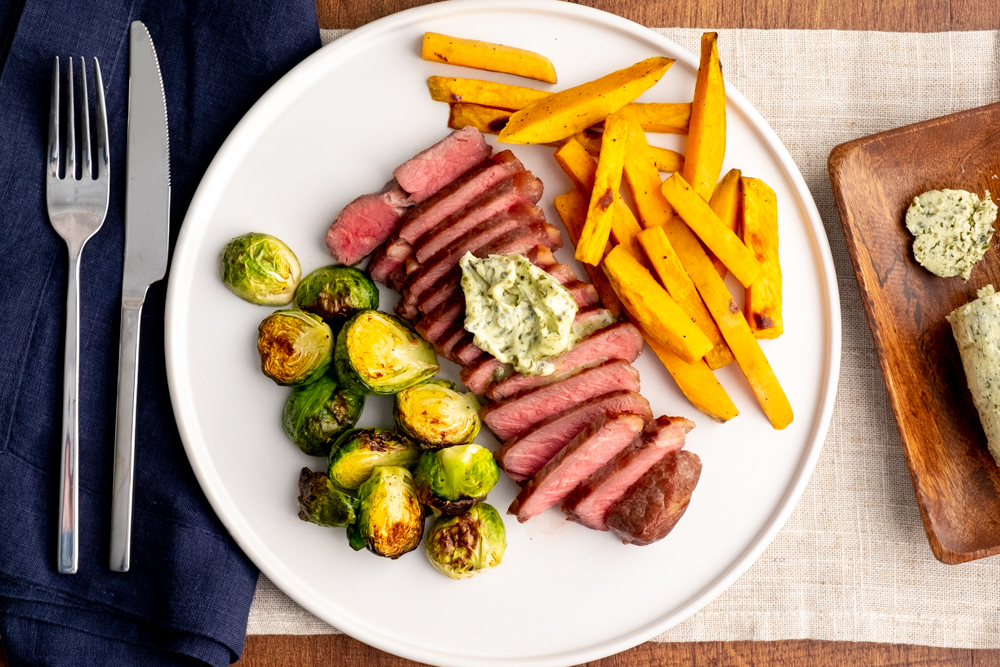
Lemon Chicken with Orzo
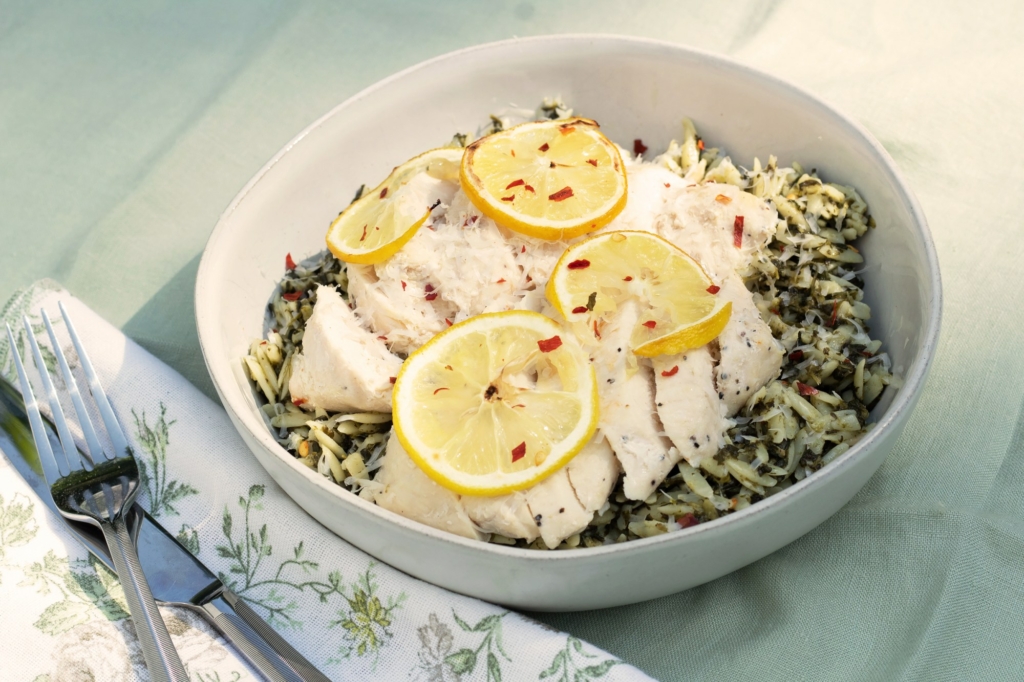
Beet, Barley, and Blue Cheese Salad
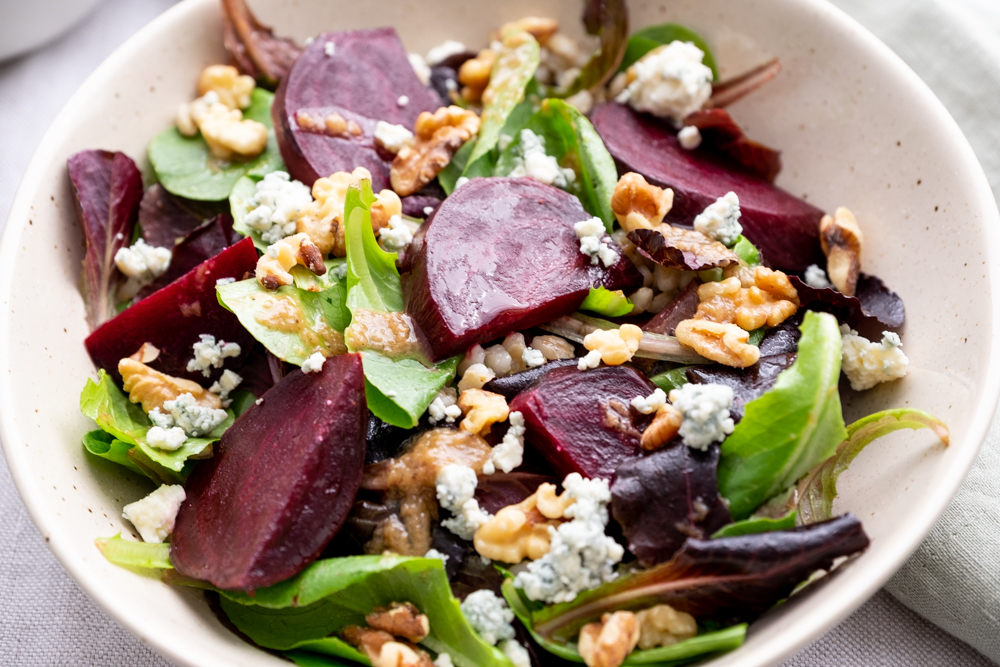
Turkish Soft Boiled Eggs with Savory Yogurt

How to make a perfect hardboiled egg, every time.
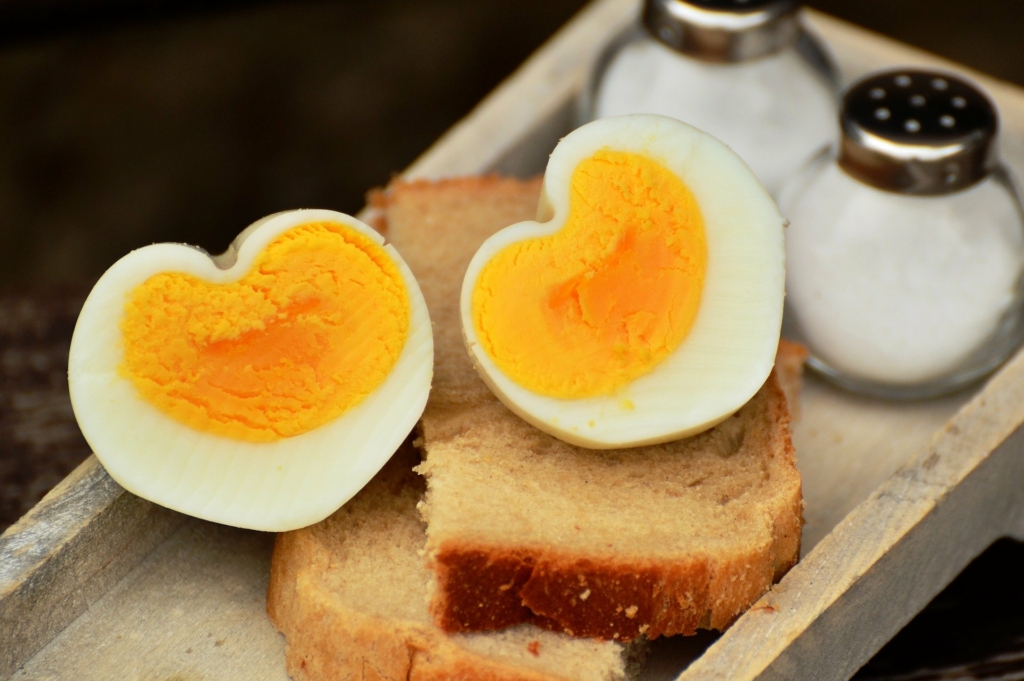
How to Sous Vide Caramelized Onions
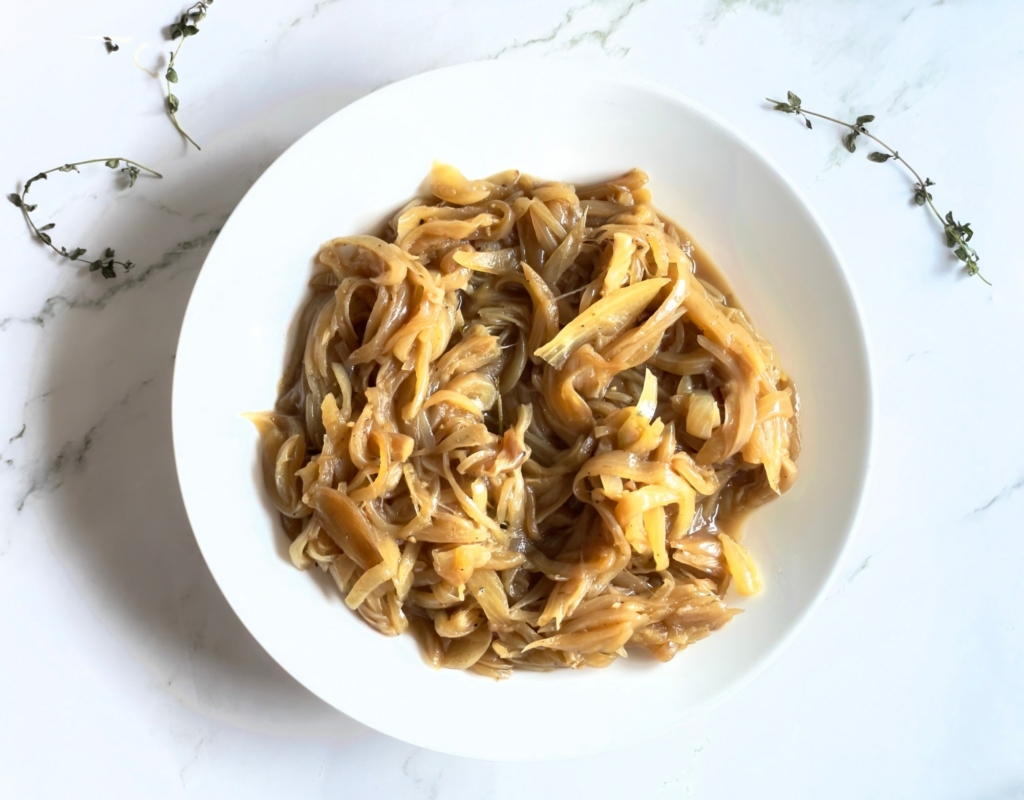
Spiced Seared Pork Chops
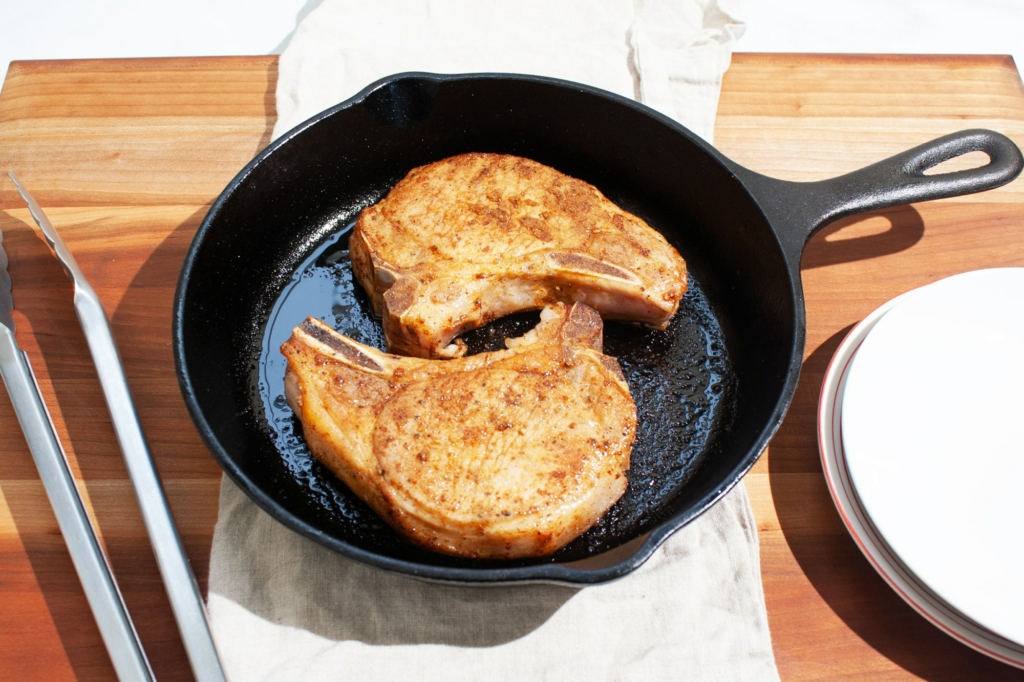
FAQs
How long will my spiced salt last?
If stored correctly in an airtight container or a resealable bag in a cupboard, the spiced salt will last 2 to 3 months, or even beyond, depending how old the spices were.
What other spices could I try?
You could try other whole spices and seeds, such as Sichuan peppercorns, cumin seeds, allspice berries, but as some are stronger or spicier than others, always try with less at first, and you can always add more of the spice to the grinder.
Why do some spices need to be sifted?
Depending on the spice, some do not grind as well as others, so it’s advisable to sift through a fine-mesh strainer to get a super-fine salt.
Why do bay leaves not need to be toasted?
You get enough flavor by grinding the bay leaves without toasting, plus you also keep the bay leaves ’ green hue when you do not toast them.
